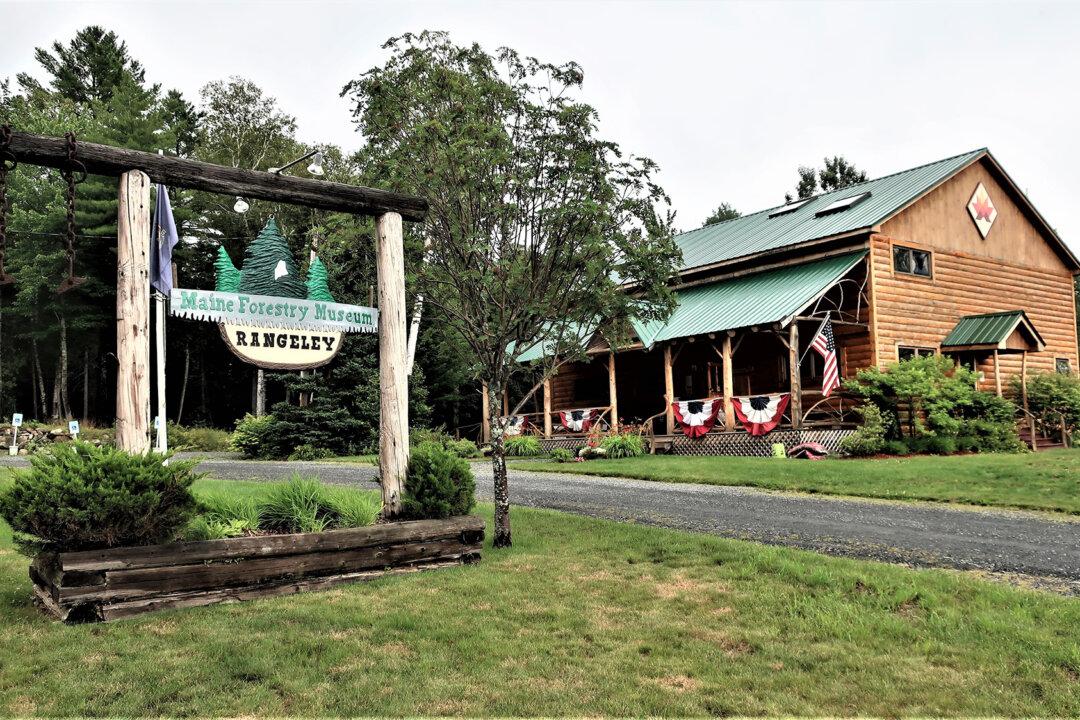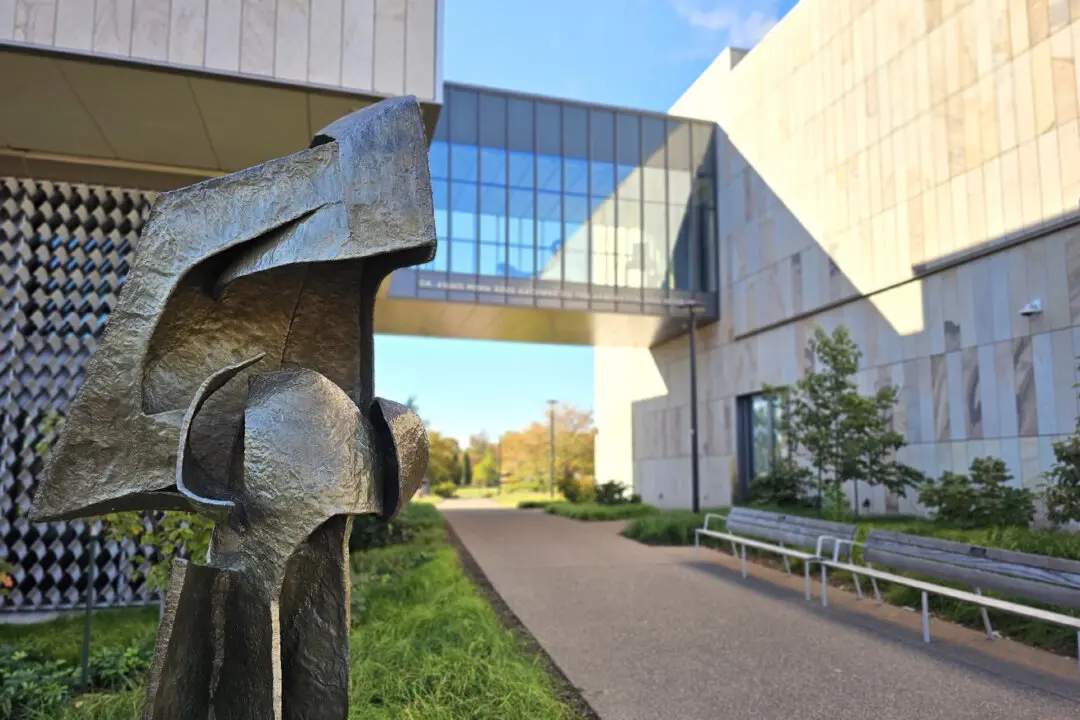New York has its Metropolitan Museum of Art and Washington, the Smithsonian Institution. Other cities and towns, large and small, throughout the United States are also home to museums that relate a variety of intriguing stories. A bit of research is likely to turn up interesting collections close to where you live that warrant a visit.
I came across one example in two tiny towns in the lakes and mountains region of western Maine. Rangeley (population about 1,100) and the much smaller nearby village of Oquossoc have three museums that portray the interesting local history and bring to life the hardy people who made it. These institutions more than make up in appeal what they lack in size.
Native American lore is but one reason that Yankee magazine twice has recognized the Outdoor Heritage Museum in Oquossoc as the “Best Outdoor Museum in New England.” I soon learned why during my visit. I started my tour in a one-room cabin that was built by a wildlife trapper around 1920. It’s stocked with rustic furniture that he made and other objects from that time. An informative video, one of several scattered throughout the building, sets the scene.
The tale begins with the Abenaki, Penobscot, and Mi'kmaq Native Americans who lived in the area 14,000 years ago, attracted by its outstanding hunting and fishing. One room is devoted to their part of the local lore. A video relates the tale, and woven baskets and ceremonial root clubs are among paraphernalia that adorn the walls.
Other exhibits recall the evolution of the Rangeley region into a fishing mecca for giant brook trout and, later, landlocked salmon. As word of catches of giant fish spread, anglers from near and far began to visit. As their numbers grew, two railroads transported the sportsmen—and sometimes their families—to the area. Once there, they boarded steamboats that carried them to imposing hotels along the shorelines of lakes that dot the forests.
Then came the post-World War II popularity of driving vacations and construction of the Dwight D. Eisenhower National System of Interstate and Defense Highways, which caused a downturn in the region’s allure as a stay-put vacation destination. Since then, however, outdoor options from fishing, hiking, and watersports to winter skiing and snowmobiling have created its resurgence as a four-season resort area.





